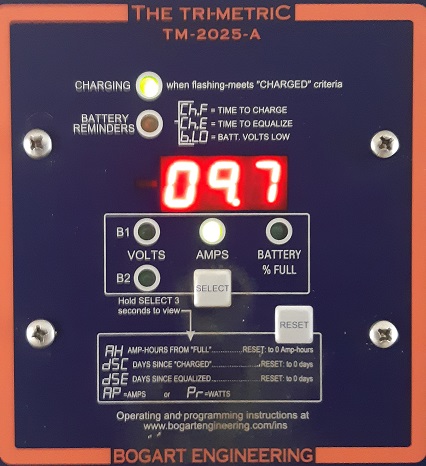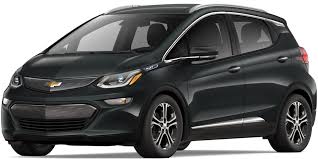Halfway through the winter here in the northern hemisphere – a very mild one here, so far.
Our electric car, the BatBolt, has performed very well this winter, although a full charge only gives us about 280 km of range, as opposed to 400 or so in the summer. So we decided to risk a trip to Toronto, over 500 km away. We had to stop twice on the way down, and on the way back, to quick-charge the batteries, which took an hour or more each time. We have apps to find those DC charging stations along the route, but they are still few and far between in northern Ontario, so we were lucky that they were all working and available when we needed them – thanks mostly to Petro-Canada for installing them along the trans-Canada highway. Lucky also that we had good travelling weather, that all the fast charging was free, and that we could plug in the BatBolt for slow-charging at the Airbnb the whole time we were there.
What drew us to the big city was an appearance, and a virtual reality installation conceived, by Laurie Anderson at the Royal Ontario Museum. VR is a new experience for me, although the kind of movies we play in HD at home could be described as “virtual realities” to the extent that the viewer gets immersed in them. What’s different about “real” VR is that you can direct your attention anywhere in the full sphere that you are virtually inside of, and you have some control over your virtual movements within that sphere. Or as Laurie put it in her talk about it, you can fly. Your body and its movements are visually integrated with the work of art, instead of being forgotten as they are when you’re watching a movie on a screen and that’s where all the movement is.
Was that experience worth the risk of a 500-km trip in January? The dominant petro-culture takes the privilege of travelling like this for granted, but that’s part of the fossil foolery behind the current climate emergency, so it’s not something i take lightly. Being able to do it without burning any fossil fuels made a big difference, though. Since our three-day trip included a visit to the Art Gallery of Ontario and lots of time with Pam’s brother Tom, along with some extra perks, we really appreciated the privilege. Cruising along the six-lane highway into the city, watching the commuter traffic crawl out of it while we listen and laugh to Crazy Town podcasts, felt right somehow. After all, there’s no telling how long this kind of show will go on. This reality is not virtual, but it sure is temporary. No matter what the groundhog says.


